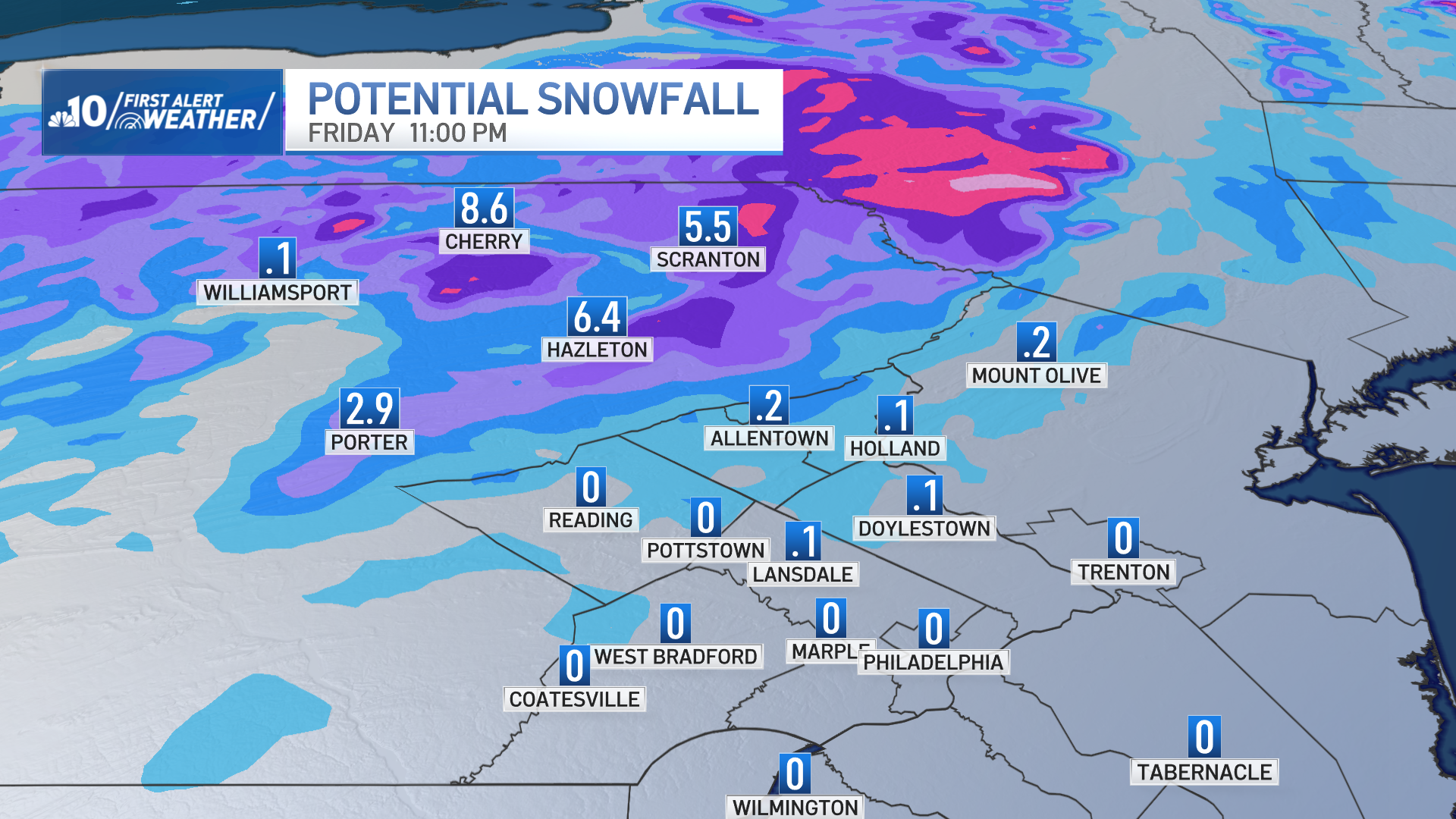What to Know
- This was the largest bust in the 230-year history of the U.S. Customs and Border Patrol arm of the Department of Homeland Security.
- It is believed to be the second-biggest seizure of cocaine in American history, behind only a 1989 cache seized in Los Angeles.
- All six suspects face life in prison. They allegedly loaded the drugs on the MSC Gayane after 20 small boats pulled alongside off Peru.
The historic drug seizure this month by federal agents aboard a cargo ship at a South Philadelphia port grew in total size to nearly 20 tons — $1.3 billion in cocaine.
The new total announced Thursday adds another 2.5 tons — or 5,000 pounds — of cocaine to the 17.5 tons previously announced following the bust June 18. It was already the largest single seizure in the 230-year history of U.S. Customs and Border Patrol, the agency said.
Six crew members of the MSC Gayane cargo ship have been charged for their alleged roles in bringing the tons of narcotics on board while the ship was traveling off the coast of Peru earlier this month.
Get top local stories in Philly delivered to you every morning. Sign up for NBC Philadelphia's News Headlines newsletter.
All six suspects are Samoan or Serbian. They have been identified as Ivan Durasevic, Nenad Ilic, Aleksandar Kavaia, Bosko Markovic, Laauli Pulu and Fonofaavae Tiasaga.
"I have no doubt that our officers saved lives and significantly impacted transnational criminal organizations," Casey Durst, U.S. Customs and Border Protection director of field operations in Baltimore, Maryland, said.
An investigation remains ongoing.
Local
Breaking news and the stories that matter to your neighborhood.
Authorities first spotted "anomalies" while examining seven shipping containers aboard the MSC Gayane, a 1,030-foot Liberian-flagged vessel, Sunday night.
Sources told NBC10 the cocaine was not meant for Philadelphia but instead for the Netherlands and France.
"There were doses enough for two million different individuals," said James W. Carroll Jr., director of the Office of National Drug Control Policy.
In addition to cocaine, containers were filled with wine, paperboard, vegetable extracts and dried nuts from all over the world.
They were destined for Ireland, Nigeria, South Africa, Lebanon, India and Haiti, officials said.
Records show the MSC Gayane previously stopped in the Bahamas on June 13, Panama on June 9 and May 24, and Colombia on May 19.
Officials with Customs and Border Protection and Immigration and Customs Enforcement of the Department of Homeland Security, as well as the Drug Enforcement Administration are involved in the investigation, which one official described as "massive."
The ship's second mate, Durasevic, allegedly admitted to "his role in bringing the cocaine on board the vessel," a federal complaint released a day after the bust said.
It only identified the alleged roles of two of the six suspects.
Durasevic said he was paid $50,000 for his role in the conspiracy, according to court records.
Another crew member, Tiasaga, also allegedly admitted to partaking in loading cocaine on the ship, including on a previous voyage, the complaint said.
At least twice while the ship was en route between stops in Chile and Panama, numerous smaller boats approached the Gayane at sea to hand off large bundles of cocaine, according to the complaint.



